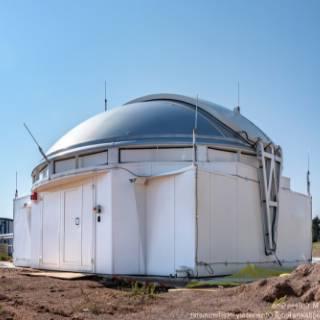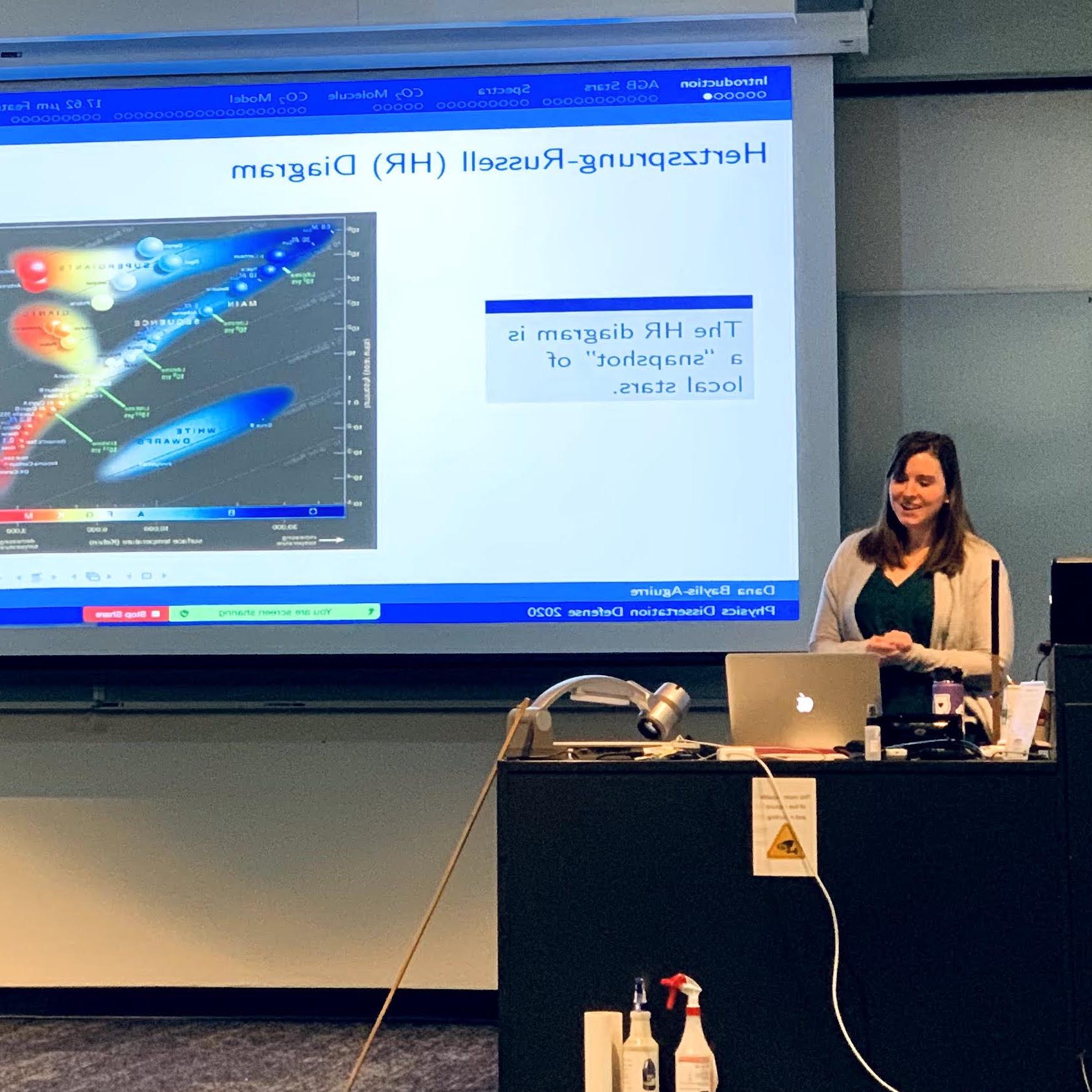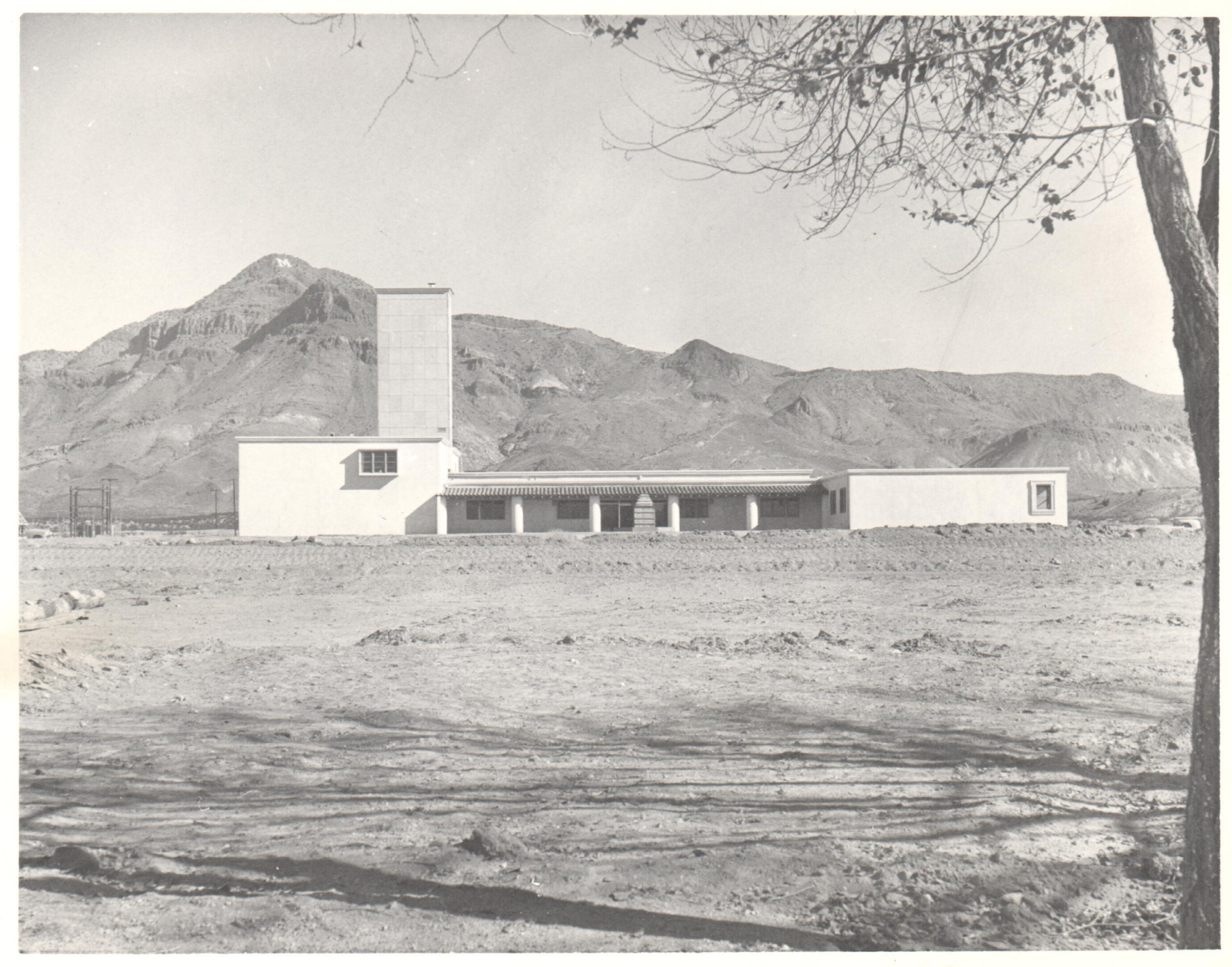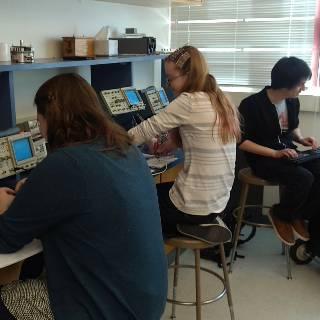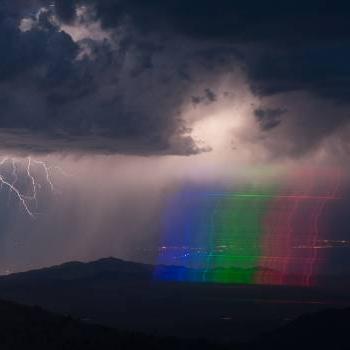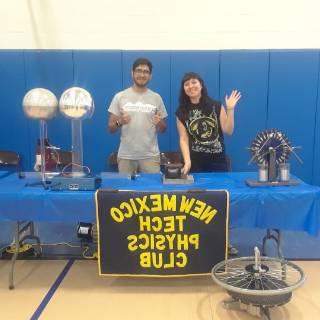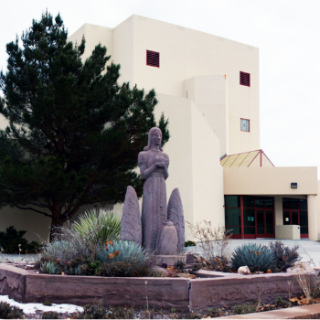
Department of Physics
Physicists ask the most fundamental questions about science. Why are we here? What are we made of? What happens if I run 100,000 amps through a gas or have a magnetic field with more energy per volume than TNT? Physicists at New Mexico Tech are specifically fascinated by phenomena in the Earth's atmosphere and in deep space. We have active groups in astrophysics and atmospheric physics.
Starts With A Bang Podcast
Interferometry gave us a black hole’s event horizon, but that was in the radio. What can we accomplish with a new optical interferometer?
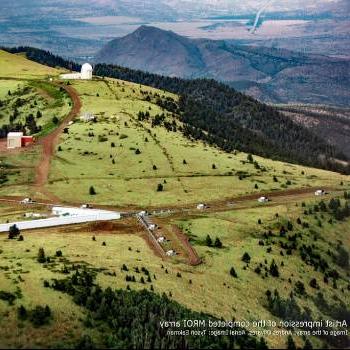 |
When it comes to the science of astronomy, the two key factors we always hope for are large amounts of light-gathering power and the capability to view objects at extremely high resolution.
You can have it all if you’re willing to break the bank, but if you want the most bang-for-your-buck, you can achieve much better resolutions with an array of telescopes using the technique of interferometry.
Although interferometry is very challenging to do in the optical portion of the spectrum, a new observatory, Magdalena Ridge Observatory, plans to create an interferometer with more than 100 times the resolution of Hubble. Here’s how that project is going!
COLLOQUIUM THIS WEEK: Thursday, October 17th, 2024
NO Colloquium this week (49ers week)
Next weeks Colloquium: Thursday, October 24, 2024
Speaker: Stephen Markham
Affiliation: New Mexico State University
Drops of Jupiter: How a stable helium rain layer differentiates Jupiter and Saturn
Workman 101 @ 4pm!
STORY: 2024 alumnus Brandon Smith jumped from B.S. degree into Ph.D. program at Penn State
New Mexico Tech Research Opportunities Open Doors for Undergrads |
2024 alumnus Brandon Smith jumped from B.S. degree into Ph.D. program at Penn State Brandon Smith, a New Mexico Tech 2024 graduate with a physics major, atmospheric physics option, made significant strides as an undergraduate in research. His research assistance on “sprites,” which are very brief lightning discharges occurring at the top of the atmosphere, helped him achieve two noteworthy accomplishments: Smith was accepted to Penn State, his NMT mentor’s alma mater, to pursue a Ph.D. in electrical engineering, and was the lead author of a study on the topic that was published in Geophysical Research Letters — a high-impact journal from the American Geophysical Union.
|
VIDEO: This video provides a glimpse of what it's like to be a student in the Physics Department at New Mexico Tech. It was created by Physics PhD student Daniel Jensen.


